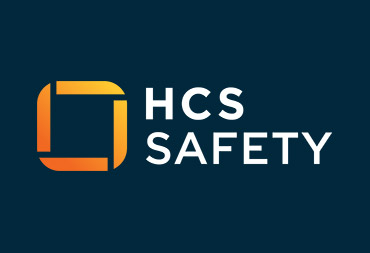First aid is an essential component of workplace safety. While we hope never to encounter an emergency situation, being prepared for one can make all the difference.
An important question is how many first aiders do you need in your workplace?
The answer depends on various factors, including the size of your workforce, the nature of the work, and the associated risks.
Risk Assessment: The Starting Point
The first step in determining the number of first aiders you need is to conduct a comprehensive risk assessment.
This exercise will help you evaluate the injuries and illnesses that could occur in your work environment. The assessment should consider factors like:
- The number of employees
- The nature and level of risks involved in the work
- The layout of the workplace
- Remote locations and multiple work sites, if applicable
Guidelines and Regulations
The Health and Safety (First-Aid) Regulations 1981 in the UK lays down certain guidelines for first aid provision in the workplace.
Here are the recommendations:
Low Hazard Environments (such as shops, offices, and libraries):
- For workplaces with fewer than 25 employees: There should be at least one appointed person responsible for first-aid arrangements. This individual isn’t necessarily a trained first aider but is equipped to take charge in emergencies and is responsible for maintaining first-aid equipment.
- For those with 25-50 employees: The workplace should have at least one individual trained in Emergency First Aid at Work (EFAW). This training equips them to provide immediate first aid to someone injured or ill while at work.
- For workplaces with more than 50 employees: In addition to the above, one individual should be trained in First Aid at Work (FAW) for every set of 100 employees (or part thereof). FAW training is more comprehensive than EFAW and covers a wider range of first-aid situations.
High Hazard Environments (including light engineering, assembly work, food processing, extensive work with dangerous machinery, construction, and chemical manufacture):
- For workplaces with fewer than 5 employees: Similar to low-hazard environments, at least one appointed person should oversee first-aid arrangements.
- For those with 5-50 employees: The workplace should have at least one individual trained in either EFAW or FAW. The specific training would depend on the potential injuries that might occur in the workplace. For instance, a site with dangerous machinery might prefer someone with FAW training due to the broader range of first-aid situations it covers.
- For workplaces with more than 50 employees: There should be at least one individual trained in FAW for every set of 50 employees (or part thereof).
In all scenarios, it’s essential that first-aid personnel are easily identifiable, perhaps with marked vests or badges, and that employees are aware of who they are and how to reach them. Regular training refreshers and drills can also ensure that first-aid personnel are always prepared.
Types of First Aiders
- Appointed Persons: These are individuals trained to look after the first-aid kit and facilities. They are responsible for calling emergency services and can provide basic first aid but are not substitutes for qualified first aiders.
- Qualified First Aiders: These individuals have undergone extensive training, such as the Emergency First Aid at Work and First Aid at Work courses, and are competent to deal with a wide range of injuries and medical conditions.
First Aider Responsibilities in the Workplace
The role of a first aider is crucial. Their responsibilities include administering immediate care, assessing situations quickly, calling for further medical help when needed, and maintaining first aid kits.
There are also rules for kit, as follows:
Low Hazard (e.g. shops, offices, libraries):
- Fewer than 25 employees: 1 Small kit
- 25-100 employees: 1 Medium kit
- More than 100 employees: 1 Large kit for every 100 employees
High Hazard (e.g. light engineering, assembly work, food processing, extensive work with dangerous machinery, construction, chemical manufacture):
- Fewer than 5 employees: 1 Small kit
- 5-25 employees: 1 Medium kit
- More than 25 employees: 1 Large kit for every 25 employees
Why First Aid Training Matters
Having a proper number of trained first-aiders is not only a compliance issue but also a matter of workplace safety.
High-quality training, like First Aid at Work courses, ensures that first aiders in the workplace are equipped with the necessary skills to manage emergencies effectively.
So, consider enrolling them in a certified first aid course to ensure that your first aiders are well-prepared for any situation. It’s not just about meeting legal obligations; it’s about safeguarding the well-being of your employees.
Ready to equip your team with life-saving first-aid skills? Check out our First Aid at Work courses today.




